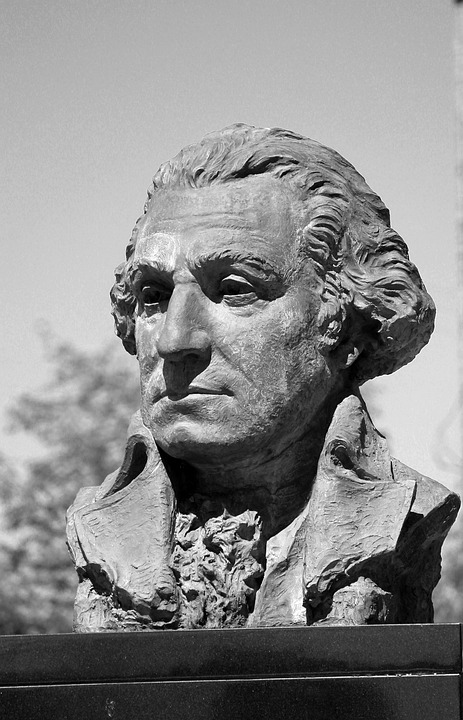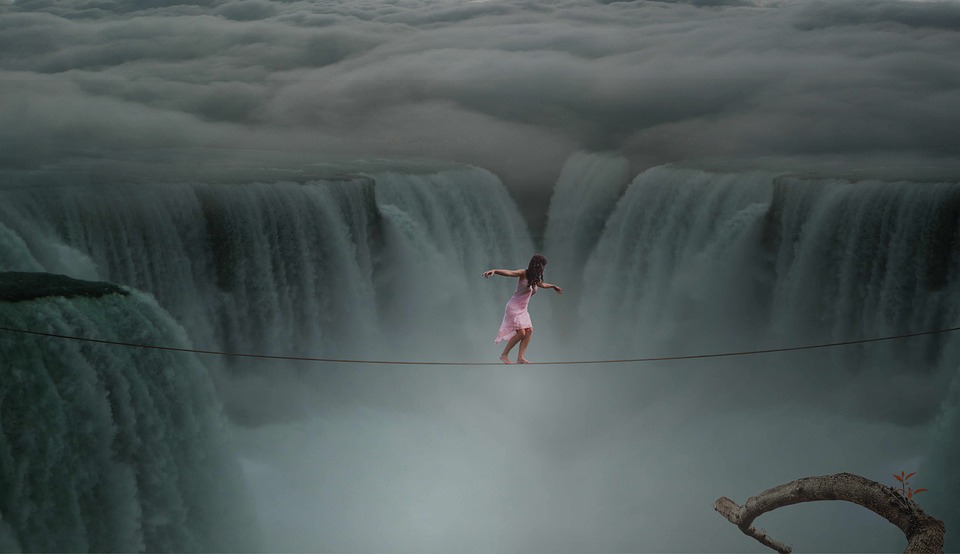Rewriting the Rules: A Call to Update Our Maps and Replace the Inaccurate Mercator Projection
For centuries, the Mercator projection has been the standard for mapping the world. Created in 1569 by Flemish cartographer Gerardus Mercator, this cylindrical projection has been used to navigate the globe, plan expeditions, and even guide military campaigns. However, as our understanding of the world and its geography has evolved, it’s become clear that the Mercator projection is no longer an accurate representation of our planet.
The Problem with Mercator
The Mercator projection is a 2D representation of the 3D Earth, which means it distorts the shape and size of countries, especially those near the poles. This distortion is most pronounced in the Arctic and Antarctic regions, where countries like Greenland and Antarctica appear much larger than they actually are. This inaccuracy has led to a skewed perception of the world, where countries near the equator are often depicted as being larger than they actually are.
The Consequences of Inaccuracy
The Mercator projection has far-reaching consequences, from education to international relations. For example:
- In schools, students are often taught that Greenland is larger than Africa, which is simply not true. This inaccuracy can lead to a lack of understanding of the world’s geography and its implications.
- In international relations, the Mercator projection can perpetuate a sense of superiority or dominance by countries near the poles, while countries near the equator are often marginalized.
- In navigation, the Mercator projection can lead to inaccurate calculations and potentially disastrous consequences for sailors and pilots.
A New Era of Mapping
Fortunately, there are alternative projections that can provide a more accurate representation of the world. Some of these projections include:
- The Gall-Peters projection, which is a cylindrical projection that preserves the shape and size of countries more accurately.
- The Azimuthal equidistant projection, which is a polar projection that preserves the shape and size of countries near the equator.
- The Robinson projection, which is a compromise between the Mercator and Gall-Peters projections.
Image: A comparison of the Mercator projection (left) and the Gall-Peters projection (right) of the world.
[Image: A side-by-side comparison of the Mercator projection and the Gall-Peters projection, with the Mercator projection showing Greenland as larger than Africa, and the Gall-Peters projection showing the correct proportions.]
FAQs
Q: Why is the Mercator projection still used if it’s inaccurate?
A: The Mercator projection has been widely used for so long that it’s become the standard. Many cartographers and educators are unaware of the inaccuracies or don’t know how to use alternative projections.
Q: Can I still use the Mercator projection for navigation?
A: While the Mercator projection is still used for navigation, it’s not the most accurate projection. Alternative projections, such as the Gall-Peters projection, can provide more accurate calculations.
Q: How can I learn more about alternative projections?
A: There are many online resources and educational materials available that explain alternative projections and their uses. You can also consult with cartographers or educators who specialize in geographic information systems (GIS).
Q: Will it take long to update our maps and replace the Mercator projection?
A: While it may take some time to update our maps and replace the Mercator projection, it’s an important step towards a more accurate and inclusive representation of the world.



